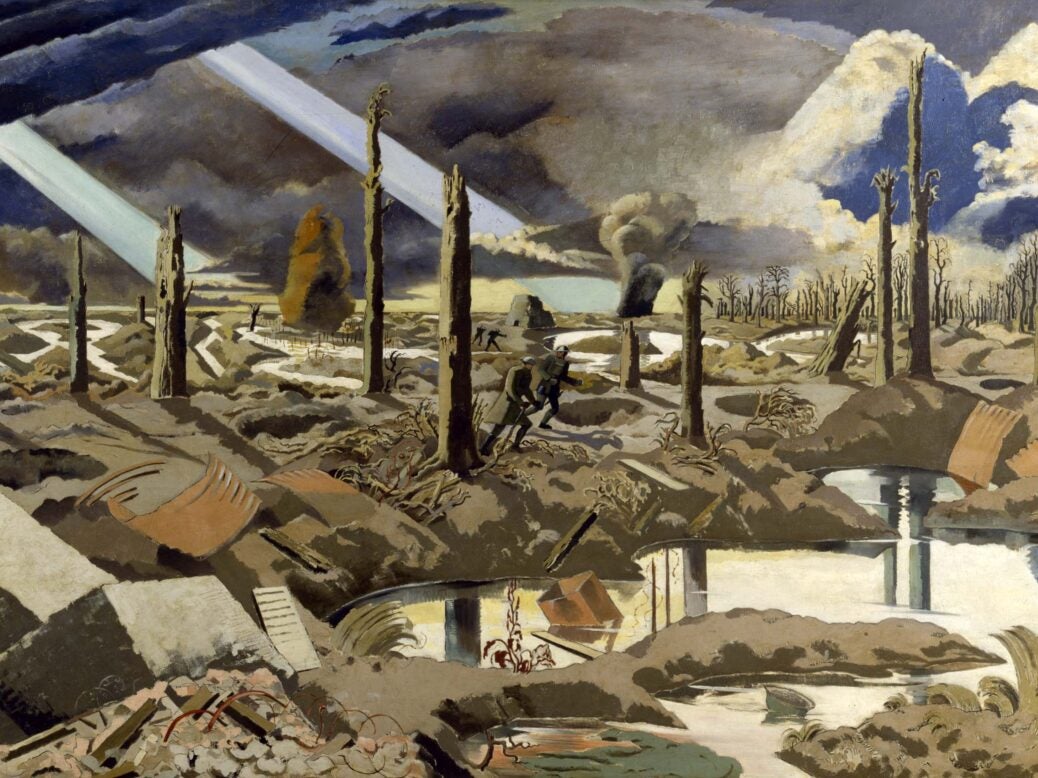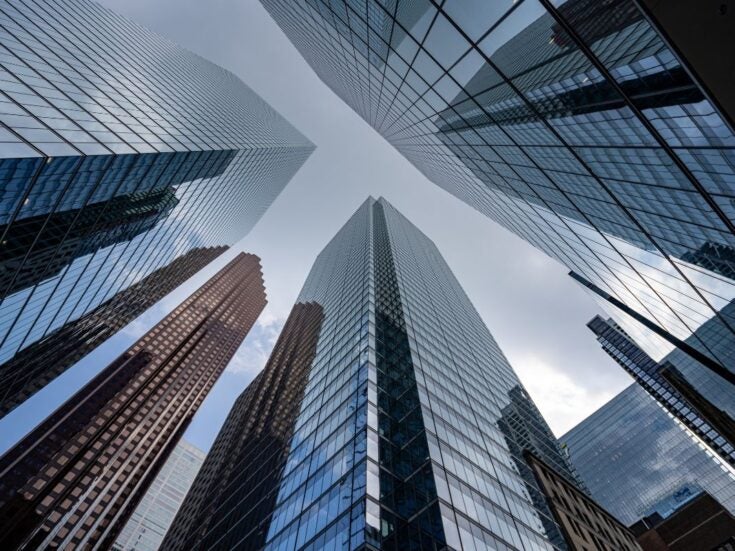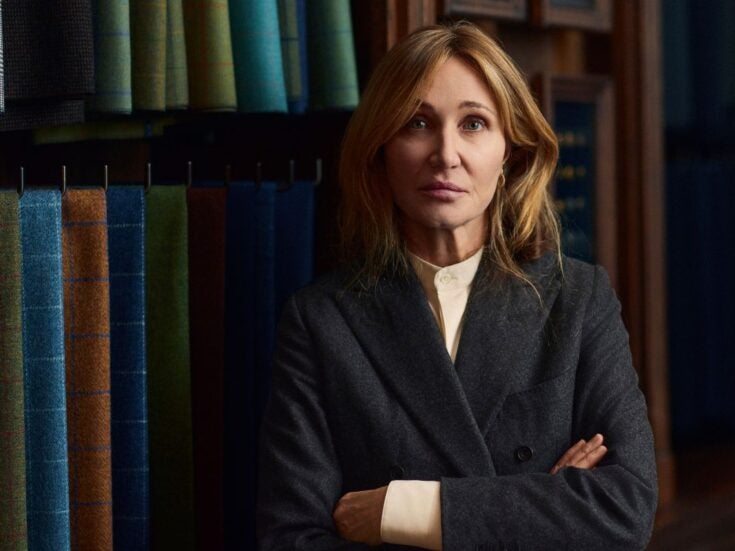
Art and war are old bedfellows, but our growing awareness of global conflicts is inspiring a fresh generation of war artists, writes Anthony Haden-Guest.
War is part of the human story, but over the centuries its gritty details, whether gruesome or nuts-and-boltsy, would seldom be addressed in art. Sculptors and painters usually presented war as theatre, with laurelled emperor, armies and fleets, everything as ritual as a game of chess, or iconic scenes like the Arthur William Devis canvas of The Death of Nelson.
It’s not as if people weren’t aware of the horrors — they are shown in lip-smacking detail in images of saints meeting their grisly ends — but Goya’s great 1810-20 series of prints, The Disasters of War, was a rare pre-modern lurch into the surreal/real facts of death in conflict. And when Paul Nash painted his great battlefield landscapes in World War I (which are in his current show at Tate Britain) and Henry Moore made his Shelter Sketchbook in World War II, both being official war artists, wars were still seen as brutal interruptions of a normal condition of peace. Yes, the Blitz came pretty close to home, but one day it would be over. Bells would ring.
That was then. Well, it may be the case that there have always been as many wars going on worldwide as now, but we didn’t know, didn’t care, so never-ending warfare was not part of our imaginative landscape. But in today’s media-saturated culture we are close to war and acts of violence 24/7. And this is a world that a great many excellent artists have chosen to make all or part of their work.
Some of these artists work as their predecessors did, documenting the life of the troops, the action of conflict on the spot, plein air — as Steve Mumford, a New Yorker, went out to paint the troops in Iraq, and as the great British war photographer, Don McCullin, took a shot of an unexploded hand grenade scudding through the air near him in Vietnam. Think about that for a second.
Other artists use elements of the war culture in their work in different and disparate ways. Alfredo Martinez both paints guns and sculpts gun replicas and the California-based artist, Trevor Paglen, has made videos shot from pilotless drones. The Lebanese artist Walid Raad was born in a Maronite Christian mountain village above Beirut in 1967. The civil war began when he was eight and he left for the US eight years later — he now teaches at New York’s Cooper Union college — but he returns yearly to Lebanon. He works in the Conceptual mode, using photographs and text to create visceral narratives based on that unwinding conflict. I Was Overcome with a Momentary Panic at the Thought that They Might Be Right looks at car bombings between 1975 and 1991. The bombings were real. Raad’s Hostage: The Bachar Tapes constructs the tale of the three-month captivity of a fictional Lebanese hostage along with the five real American hostages.
Part of the ubiquity of the new war art is, of course, the increasing prominence of art and the language of art as a public instrument. After anti-government unrest and violent clashes between masked protesters and the security forces in Venezuela in 2014, there was a competition in Chacao, a district governed by the opposition, to turn the spent tear gas canisters that were heaped in the streets into sculptures. ‘This initiative seeks to convert instruments of repression into a tool of peaceful protest,’ read the council’s invitation, which was decorated with a photograph of a pink flower nestling in a used canister.
Indeed, such is our current war-awareness that artists drawn to the material have included the unlikely figure of the Colombian Fernando Botero, who is wildly popular for making paintings and sculptures of balloony, beatific people and animals, but who chose to make a dark series of images based on the famous photograph of a prisoner, a Goyaesque figure in a pointy-headed black cloak, standing in a US interrogation cell in Abu Ghraib.
Some of the most potent and provocative war-based art now being made is that of 40-year-old Brit Piers Secunda, and just how this came to be is an instructive example of the unexpected ways an artist’s career can actually happen. Secunda left Chelsea Art College in 1998 and worked on making abstractions for several years.
‘I made structures out of paint,’ he says. ‘The idea was to figure out what I could do without the restraints of canvas. I realised my toolbox was full when I made a very complex object, a Chinese puzzle ball, which is about thirteen spheres within spheres. It had taken me two years to figure out how to make the thing. And when I walked out of the studio and I realised that I could make anything I wanted out of paint, and that I was at the point where I could bring the noise of the outside world into the studio and into the work and make the record of what happened in the world while I was alive. Which was what I always wanted to do.’
Just what ‘noise of the outside world’, though? Secunda, a Londoner, grew up on war movies and was well aware of the war damage still speckling the city on such buildings as the Tate. ‘I realised that bulletholes would be a compelling way to do it,’ he says. Both bulletholes inflicted by others, that is, and bulletholes he would create himself.
In 2009 Secunda was invited to Shanghai on an arts residency. He accepted. ‘I went there with the intention of getting bulletholes from the Chinese army,’ he says. He explained what he had in mind to two of the course administrators, a Belgian man and a Latvian woman. ‘The Belgian guy said, “You’re stupid,” and walked away. The Latvian woman said, “Ignore him, we can do this.”’
The Latvian, a tall blonde who spoke impeccable Chinese, drove him to a firing range south of the city. He had solid panels of paint in the back of the car. She talked them in. They had tea and cigarettes as she got them talking about their firing skills. ‘Pride started to show,’ he says. ‘Pistols and rifles came out, ammunition came out… they fired, they all got bullseyes… then it was all laughs… no loss of face… Pot Noodles, more, more coffee, more cigarettes…’
Out came the paint panels. ‘Shoot one or two. Just as a laugh!’ she coaxed. So out to the firing range. ‘The shots went straight through. And that was it.’
So an art project that began with a concern with the particular properties of paint turned into something else? ‘Very much so. The moment we picked them up on the firing range and turned them around, I was quite shocked, because they were very beautiful, and I didn’t expect that. I expected them to look sinister but I was surprised — I realised there was something more than that. In a slightly twisted way, a peculiar way, they were about the romance of the ruin. And I wanted to get into that.’
Secunda had soon made casts from walls riddled with bullets by the Taliban. His project took him to such venues as the gangland of West Jamaica and his current project deals with the cultural devastation wrought by Isis. ‘Of course what they are doing really is what Orwell said is more terrifying than control and bombs — which is erasure of history, removing it completely, to deny understanding of how we got here.’
Clearly this necessitated going to Iraqi Kurdistan, a visit to the front line. He flew out. ‘This was October last year. There were various different reasons I was able to get there. I mean, why would the Peshmerga take me to the front line? It was a pretty odd request, right? But it came from a man who had helped finance the push to remove Isis from villages in the south-west of Iraqi Kurdistan that they hold now. So the Peshmerga felt that if they could help him they were going to do it. So I received a phone call, saying, “OK, you are cleared to go.”
‘They picked me up at 9am. We drove out into the countryside. It’s a dead flat landscape, it’s all clay soil, the roads are on slightly raised ridges, there are drainage canals everywhere, huge fields. We were in two white Landcruisers, driving across this open landscape, which was all brown. And I was thinking, “This is NOT discreet.” And of course it wasn’t. We pulled into a village on the front line and a mortar came over.’
They reached the front line, a huge earth embankment. ‘The Peshmerga showed me a building and told me, “We approach from this direction, Isis approach from here, we are shooting in this direction, Isis are shooting in this direction, so if you make moulds on this side of the building that’s Isis damage for sure.” And so that’s where I made my moulds. So now I am able to make the work.’
One of the pieces in which Secunda will be embedding his bulletholes is a model of the ancient text which enabled the translation of Egyptian hieroglyphics, the Rosetta Stone. ‘The Rosetta Stone is the key to ancient culture,’ he says. ‘And if you remove it, what have you got? You’ve got fantasy and impossible, undecipherable images. So I thought to damage the Rosetta Stone would be an especially poignant thing if the bulletholes were Isis.’
So there you have it — a New War Art for our New World Disorder.






